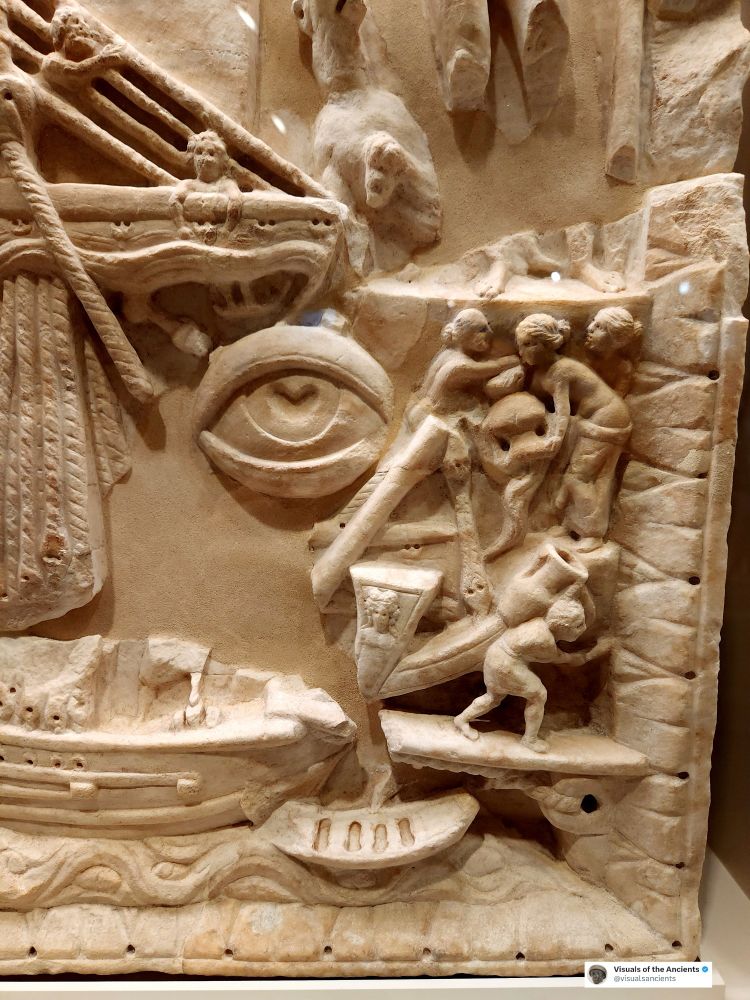
My personal project, "The Cobra Effect Podcast," is out! Below is a soundbite of Episode 01 with its Intro.
What are the topics covered? Well-meaning plans can easily backfire, leading to revolt, failure, and shocking events. From ancient Mesopotamia...
My personal project, "The Cobra Effect Podcast," is out! Below is a soundbite of Episode 01 with its Intro.
What are the topics covered? Well-meaning plans can easily backfire, leading to revolt, failure, and shocking events. From ancient Mesopotamia...
📸 by me. I hope you enjoyed this 🧵. If so, please share and follow for more of this content. Cheers!

📸 by me. I hope you enjoyed this 🧵. If so, please share and follow for more of this content. Cheers!




Modern scholars date this piece to c. 1240, and although there is debate, the museum's description indicates that it is from the city of Mosul, in northern modern Iraq.

Modern scholars date this piece to c. 1240, and although there is debate, the museum's description indicates that it is from the city of Mosul, in northern modern Iraq.
This piece of art was made in Mosul around that time. 🧵of📸!

This piece of art was made in Mosul around that time. 🧵of📸!
📸 by me at the Acropolis Museum.

📸 by me at the Acropolis Museum.
These are close-up photos of this magnificent piece. For detailed descriptions:
www.instagram.com/p/DKKsZvvxG9...
x.com/visualsancie...




These are close-up photos of this magnificent piece. For detailed descriptions:
www.instagram.com/p/DKKsZvvxG9...
x.com/visualsancie...




📸 By me at the Smithsonian Asian Art.
Top row first and always from left to right:
Lentoid flask. Jar. Two-handled vessel. Four-handled vessel.

📸 By me at the Smithsonian Asian Art.
Top row first and always from left to right:
Lentoid flask. Jar. Two-handled vessel. Four-handled vessel.
📸 By me at the Vatican Museums.



📸 By me at the Vatican Museums.
📸 By me.

📸 By me.
Even further north, as far as Mongolia, a Makara protects.
📸 By me.

Even further north, as far as Mongolia, a Makara protects.
📸 By me.

Depicted in Hindu and Buddhist temple iconography in reliefs and as statues, Makaras appear in South Asia (Nepal, India, Sri Lanka), Southeast Asia, and East Asia.

Depicted in Hindu and Buddhist temple iconography in reliefs and as statues, Makaras appear in South Asia (Nepal, India, Sri Lanka), Southeast Asia, and East Asia.






























